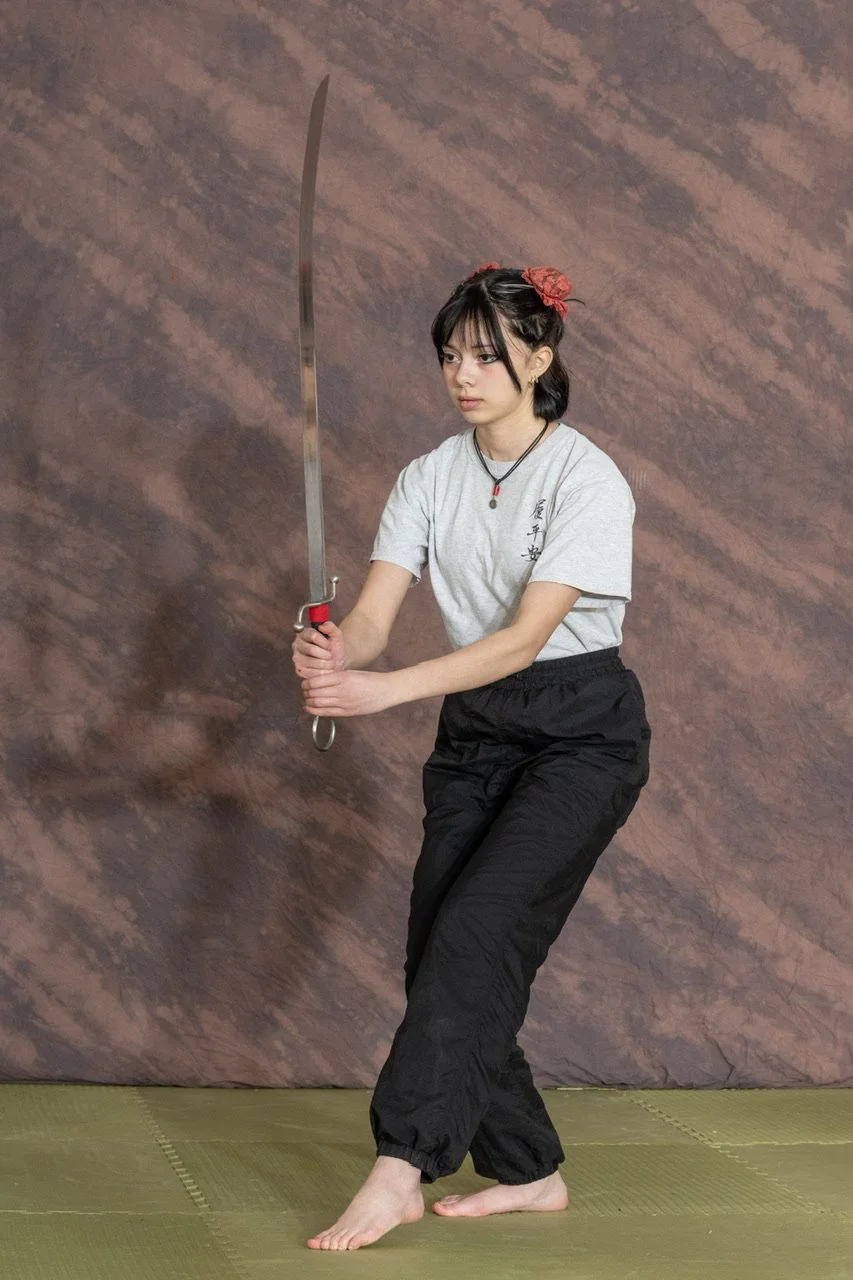Time seems to be going at warp speed lately. In fact it's going so fast that it has turned to plaid (not sure everyone will get that reference). Hard to believe we're already into November, and that our IHC year is 3/4's of the way done. November is when things really start to get crazy busy for the business. People are trying to use up their benefits the last few weeks before Christmas, and we try to accommodate as much as possible. Add in winter birthdays, which there are a lot of in my friends and family group, and of course Christmas, and the end of the year will be here before I know it.
As I mentally prepare myself for this final push of the calendar year, I find myself reflecting on the days passed. What successes I have had, what failures, moments of clarity, what I'm most grateful for, what lessons have I learned, etc.. Which has really brought to the forefront of my mind, how mindful I am on a day-to-day basis. Like our intent in forms, it is difficult to stay present throughout the entirety, and the same is true of my day-to-day. I could be more mindful and enjoy the present moment more often. Perhaps I can quell some of that anxious energy I carry with me.\
With that all said, my successes and my failures have both been tied to my personal interactions. Some of my brightest moments have been in deepening relationships with those around me, and at the same time, some of my darker failures have been losing myself in some of those interactions as well. I have had times where I've lost my cool, been irritated and frustrated; and for what? Usually something trivial that really didn't matter. This has been my moment of clarity for me, wrought from these instances. In it all, I have been pulled to withdraw into a quiet place and reflect on my inner life. This may have been one of my busiest years in a while, and I have felt a need to find more time to myself, to just be with myself, and get away from all of the noise that blares into my head. From this has spawned my requirements for the team next year, and the need/desire to integrate more of my personal life into my requirements. Goals that serve the direction I want to go towards. For me, that is strengthening my businesses and my personal relationships.
My ultimate goal is to become a better person, better version of myself than I was previously. That isn't always linear, nor do I think that it can be. I think there are parts of us that come up to the surface when we're ready to face them. So sometimes that means repeating old patterns, and going backwards emotionally, before we can learn our lesson and move forward. Like our mediocrity-mastery cycle, we go through periods where we are in a good place, but then old patterns can creep in, and we restart the cycle, with the hopes of learning a bit more each time. Right now I am in the midst of such a cycle, and taking time to really take a good look at myself, my patterns, and behaviours in hopes of learning something new about myself and hopefully shedding old patterns that no longer serve me.
Nigel Bauer



